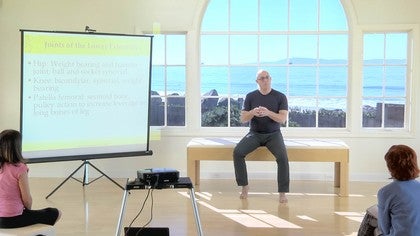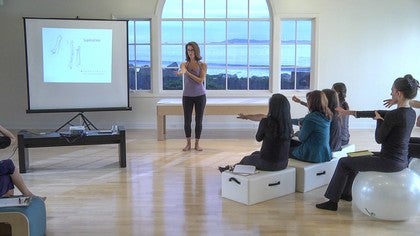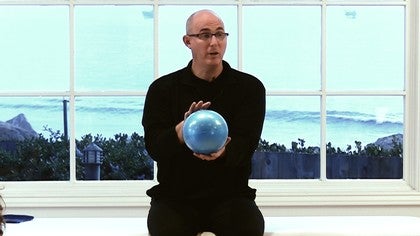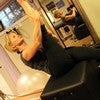Premium workshop
You can view a 2 minute preview. For details, scroll down below the video.
Description
Dr. Brent Anderson is back with a workshop designed to teach you about the hip joint and how it relates to the knee. In his lecture, you will understand common problems of the hip and how the joints in the lower body move. By looking at alignment instead of just the muscles, you can get a bigger range of motion with a decrease in pain. Brent also teaches simple exercises that anyone can do to help relieve pain in the hip.
What You'll Need: Cadillac
About This Video
Workshops: Body Pathologies and Conditions
Comments
Skip to Latest
Yet more brilliance from Brent! And how wonderful to see Niedra's elation at her increased range & lessened pain. Hope you'll continue to invite him back for more, Kristi!
12 years ago
Love love love Dr. Brent Anderson!!!! I am a non-native speaker and cannot express my gratitude for explaining and demonstrating such complex information in an easy-to-understand-and-apply manner. Also A HUGE THANK YOU to you Kristi and your great team for making all these wonderful workshops and classes available to us on the other side of the world :)
12 years ago
I tried to open each of these links to watch the 2 min preview and none of the 4 would open. It says file could not be played
12 years ago
I would also like to know how it works when we purchase a workshop. How many times will we be able review it.
12 years ago
I am interested in purchasing it but would like to save it for repeat viewing. Can this be done?
12 years ago
Yes, please...I'd like to know the same information: will I be able to save the presentation/workshop for repeat viewing? Please advise.
12 years ago
Once you purchase a workshop, you can view it as many times as you like. It will be available to you any time you come to the web site.
12 years ago
1-10 of 62
You need to be a subscriber to post a comment.
Please Log In or Create an Account to start your free trial.



































